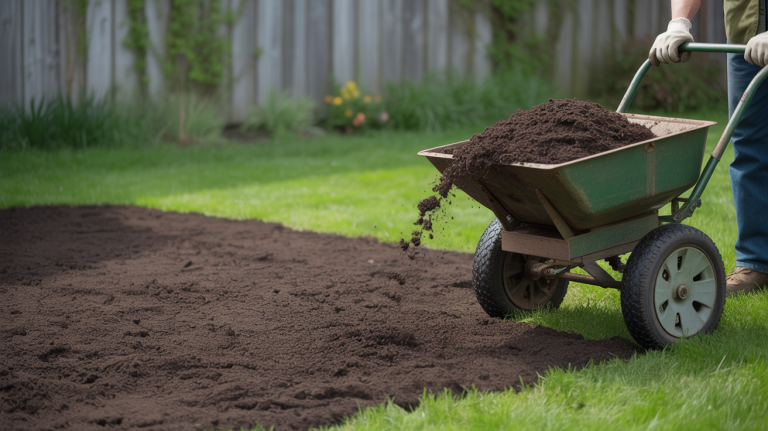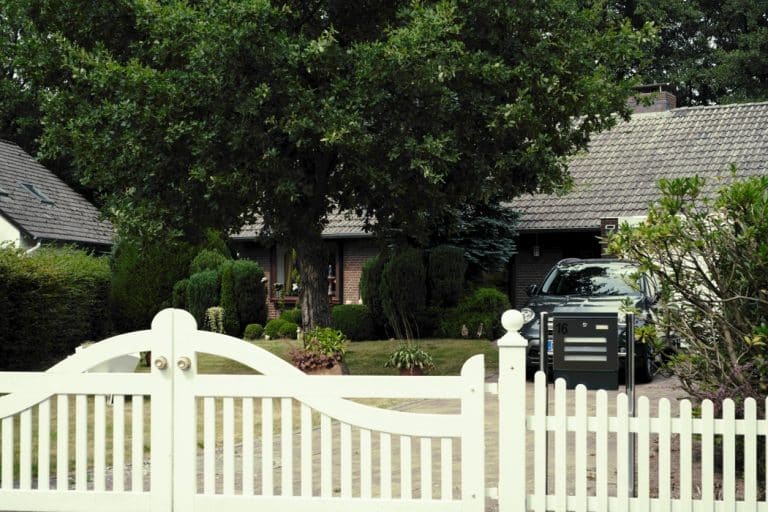Your lawn deserves more than just a quick mow and a splash of water. If you want it to grow full and healthy, composting is a great place to start.
I’ve been there, frustrated by patchy grass and let down by products that don’t deliver. That’s when I learned how adding compost can really turn things around.
It feeds the soil, supports strong growth, and brings natural balance back to your yard.
In this guide, I’ll show you everything you need to know: what compost is, the best types for lawns, when and how to apply it, helpful tools, tips for large or tricky yards, aftercare, and common mistakes to avoid.
Let’s dig in literally.
What is Compost and Why Use It on Lawns?
Compost is made from natural materials like food scraps, leaves, and yard waste that break down over time. What’s left is dark, crumbly matter full of nutrients, and it’s one of the best things you can add to your lawn.
Here’s what compost does for your yard:
- Improves soil health by adding organic matter
- Helps the soil hold moisture, especially during dry spells
- Gives grassroots a natural boost to grow deeper and stronger
- Increases airflow in compacted or tired soil
- Feeds beneficial microbes that break down nutrients for your grass
Unlike quick-fix products that only feed the grass above, compost strengthens the soil below.
Soil studies have shown that compost improves water movement and encourages a healthy microbial ecosystem, both key to long-term lawn success.
Types of Compost You Can Use
You’ve got two main choices: buy compost or make your own. Store-bought versions are usually pre-screened and consistent, while homemade compost gives you more control over what goes in.
Here are some of the most common compost types for lawns:
- Manure compost: Nutrient-rich and powerful, but it must be fully aged to avoid burning your grass.
- Leaf mold: Made from decomposed leaves. Excellent for retaining moisture and improving soil structure.
- Green waste compost: Created from grass clippings, garden trimmings, and similar plant materials.
- Mushroom compost: A gentle option that’s often weed-free and easy to spread.
Tip: For best results, choose compost with a fine texture that crumbles easily in your hands. Avoid anything chunky, woody, or full of visible debris; these can sit on the surface and block water or light.
If you’re using homemade compost, run it through a screen or mesh to remove large bits before spreading.
When to Spread Compost on Your Lawn?
Knowing when to spread compost is just as important as knowing how. You want to time it so your grass can actually take in the nutrients and grow stronger.
The best times usually line up with your lawn’s active growing season, which depends on both your grass type and local weather. Here’s a quick breakdown to help you plan:
| Grass Type | Best Seasons | Regional Tips |
|---|---|---|
| Cool-season grasses (fescue, rye, bluegrass) | Early spring and early fall | Colder areas: Focus on early spring and mid-fall |
| Warm-season grasses | Late spring through early summer | Warmer regions: Aim for late spring or early summer |
Avoid spreading compost when the ground is frozen, soaked, or bone-dry. It won’t settle in properly, and the grass won’t benefit the way it should. Keep an eye on the weather and work with the season; it’ll pay off.
Step-by-Step Guide to Spreading Compost
Spreading compost isn’t difficult, but doing it right makes a big difference. A smooth, even layer helps your grass get the most benefit without creating clumps or bare spots.
Below, I’ll walk you through each part of the process from gathering tools to leveling the surface. Take it one step at a time, and your lawn will reward you with stronger, greener growth.
Materials Required
Make the process smooth by getting your tools ready ahead of time. Here’s what you’ll need:
- Lawn mower
- Rake
- Compost spreader (push, handheld, or tow-behind)
- Hose or watering can
- Lawn leveling rake
Double-check that everything is clean and in working order before you begin.
Step 1: Prepare the Lawn
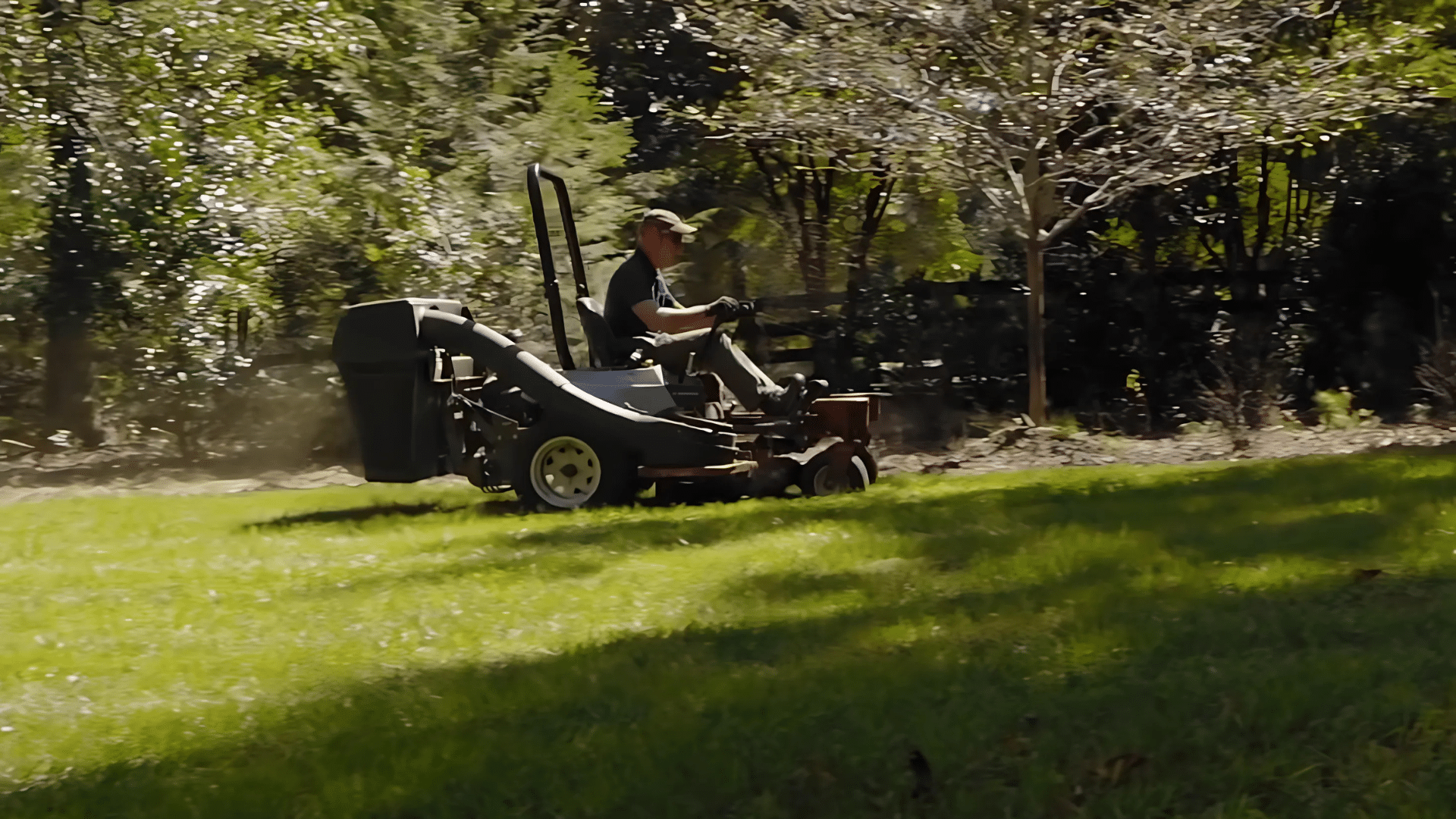
Mow the grass lightly, just enough to trim the top without scalping it. Then rake away any loose debris like leaves or sticks.
If the soil feels dry, water the area a little. Moist ground helps the compost settle and prevents it from blowing away.
Step 2: Spread Compost Evenly
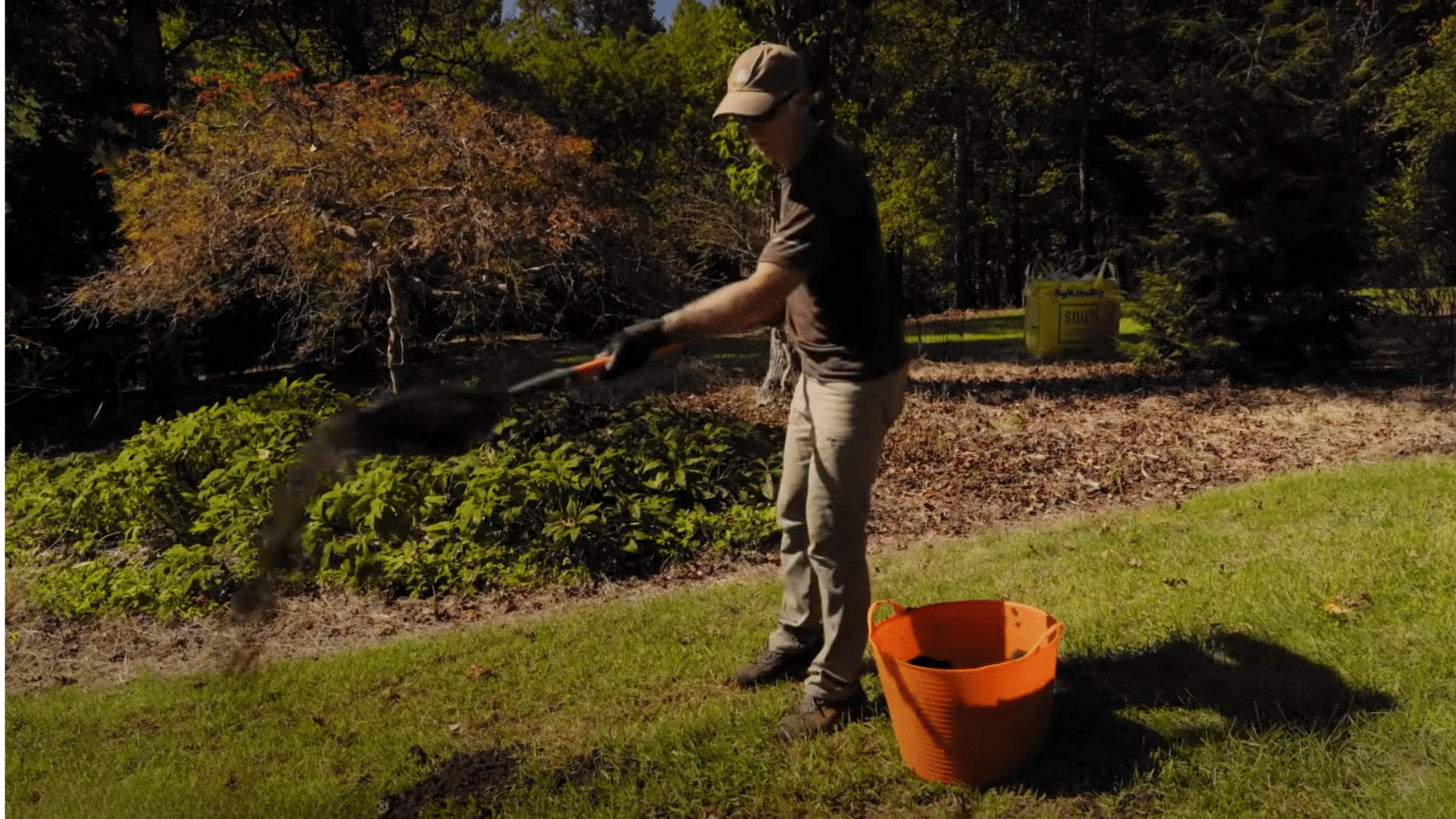
Use your spreader to apply compost in thin, even layers. If your lawn is small, a shovel works fine too.
Walk in straight lines, slightly overlapping each pass. Aim for ¼ to ½ inch of compost across the surface. Avoid piling it too thick, or it may smother the grass.
Step 3: Water the Lawn
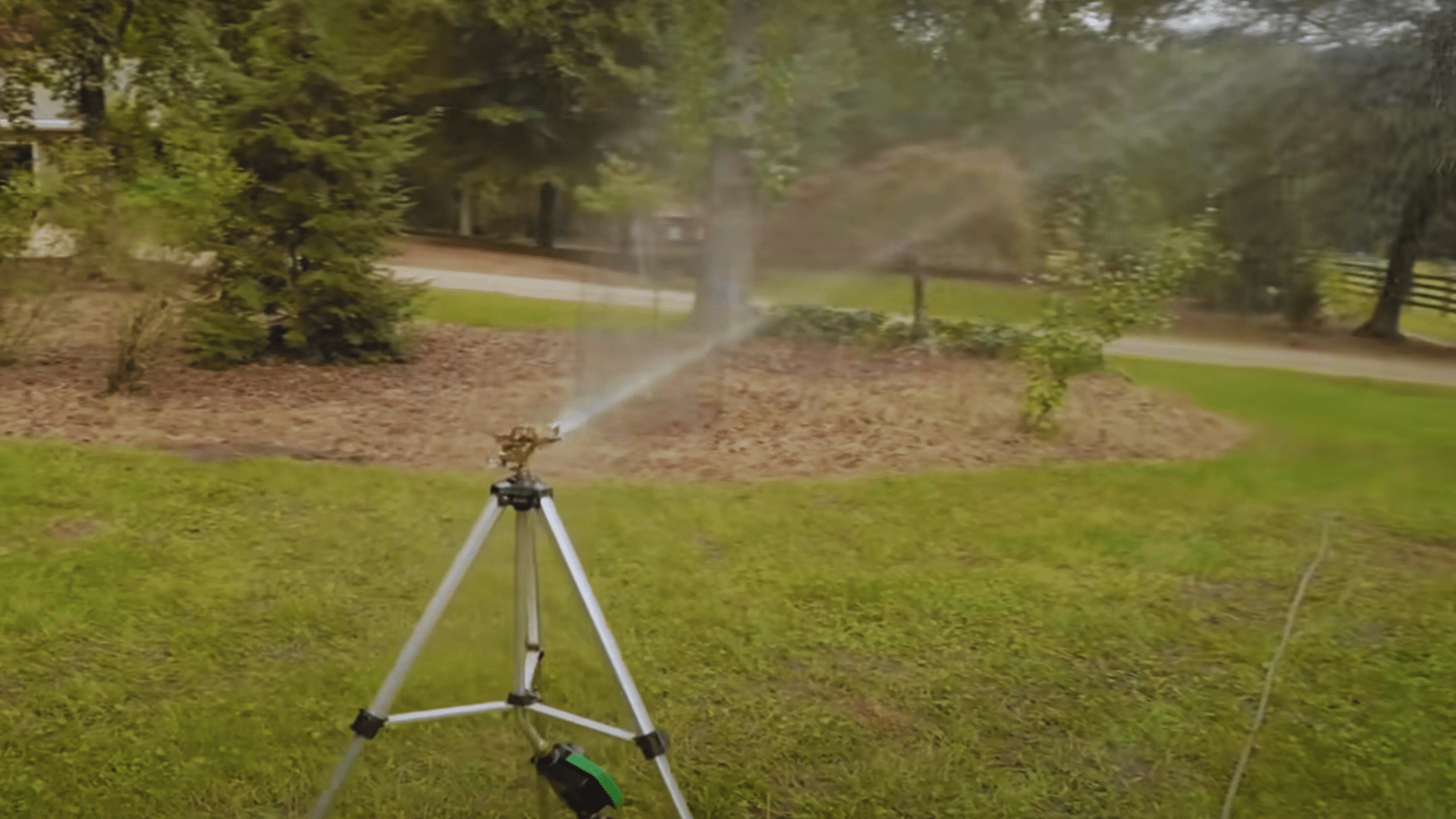
After spreading, lightly water the area. Just a gentle soak is enough to help the compost settle into the grass. Avoid drenching the lawn. You want moisture, not puddles.
Use a rake to smooth clumps and spread compost evenly. This helps it break down and reach the soil better.
Tip: For large properties, a tow-behind compost spreader saves time and gives a consistent layer. If you have hills or uneven ground:
- Compost during dry, calm days to prevent drifting
- Use a rake to guide compost into low spots
- Work in sections to stay even and avoid run-off
Check out this video for help:
Compost Aftercare and What to Expect
Once you’ve added compost, your job’s not done, but the hard part is over. Here’s what to watch for and how to care for your lawn afterward:
- Greener grass in 2–3 weeks: You’ll start to see a richer, deeper color as the nutrients kick in.
- Softer, healthier soil: The ground may feel less compact and hold moisture more evenly.
- Thicker blades over time: Grass often grows denser and stronger after composting, especially if you do it regularly.
Keep mowing and watering on your normal schedule. If the compost is spread thin and watered in, it’ll settle into the soil naturally, no extra work required.
Common Mistakes to Avoid
Even a good thing like compost can cause problems if it’s not used right. Here are a few common missteps to watch out for:
- Using too much: A thick layer can smother your grass and block sunlight. Stick to ¼–½ inch.
- Picking the wrong compost: Avoid chunky, woody, or unfinished compost. It breaks down too slowly and can harm your lawn.
- Skipping the water: Compost needs moisture to start working. A light soak helps it settle and activate.
- Not leveling the surface: Uneven layers lead to uneven growth. Rake things out for a smooth, even spread.
Conclusion
You made it through the full process, and that means you’re serious about caring for your lawn the right way. Composting isn’t complicated; it’s about working with nature, not against it.
Now you know when to compost, how much to use, what tools to grab, and how to do each step properly. That kind of hands-on knowledge makes a real difference in how your lawn looks and feels underfoot.
If you’ve felt unsure where to begin, I hope this gave you the confidence to take that first step. Stick with it, and your lawn will thank you. Want more tips?
Check out other blogs for seasonal lawn care, easy soil fixes, and smart, eco-friendly routines that actually work.


